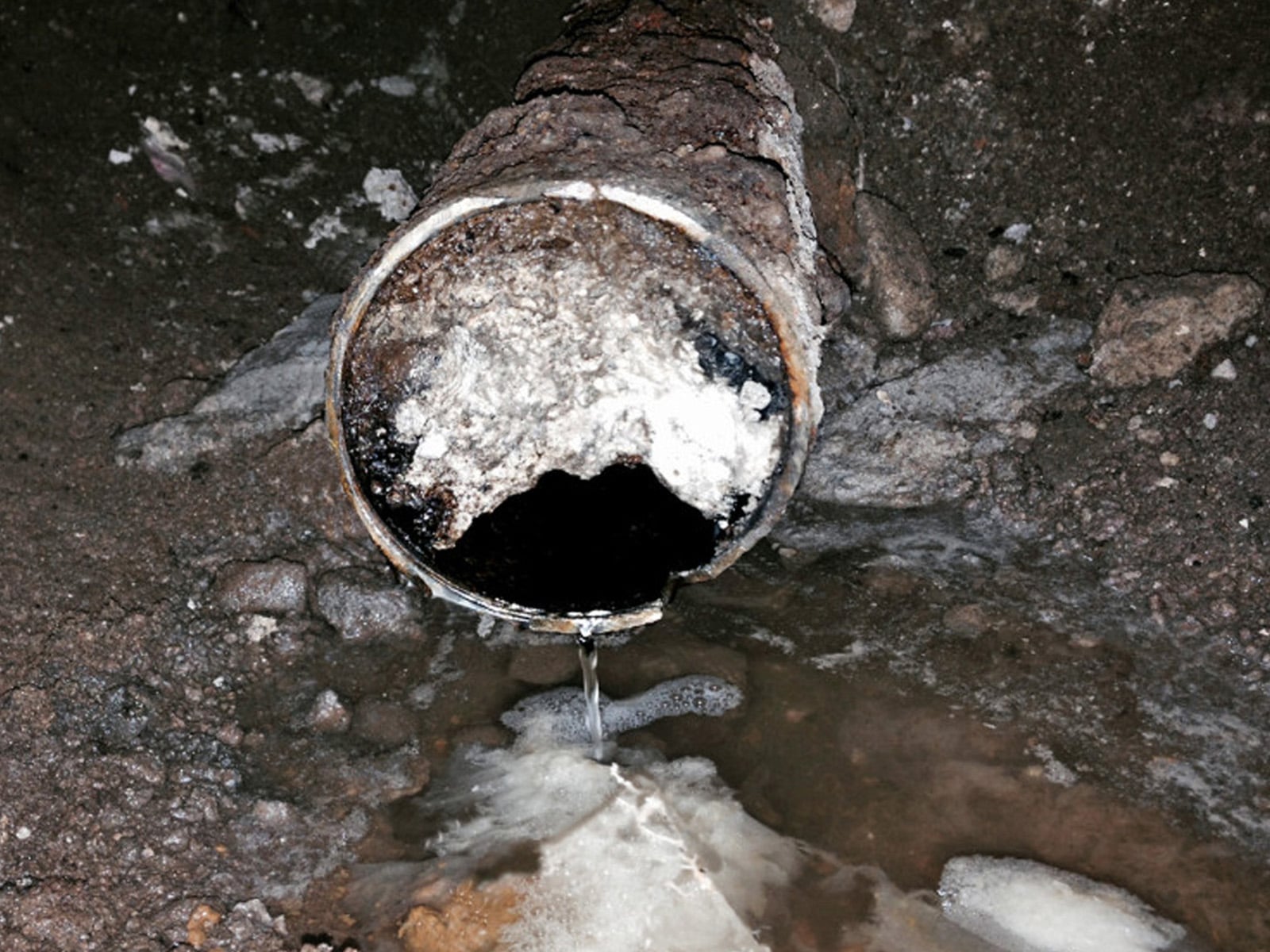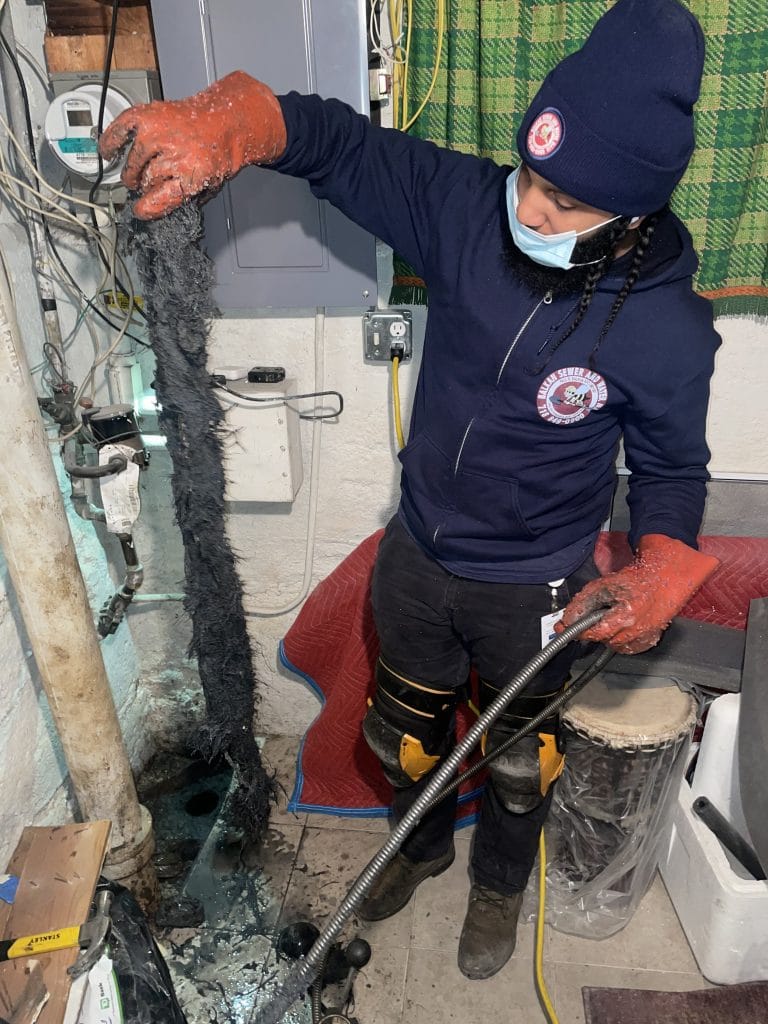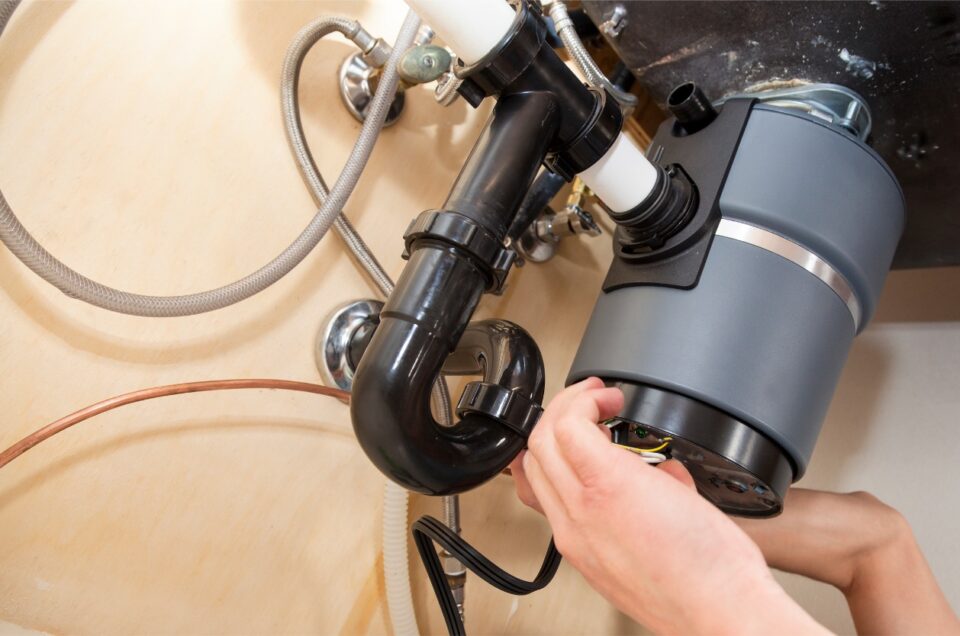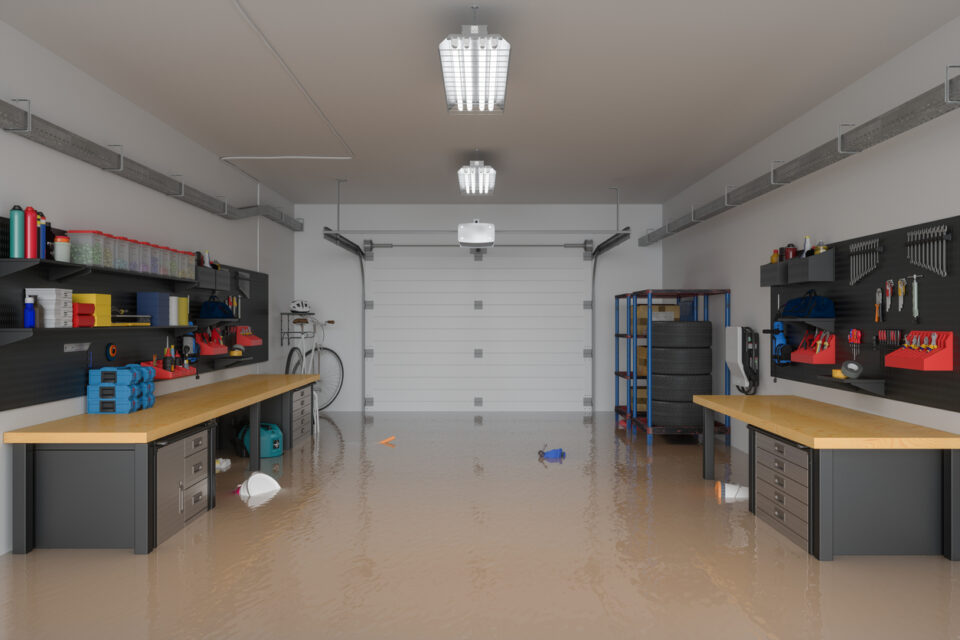Preventive drain line and sewer line maintenance methods can help avoid many types of sewer line blockages. Remember that your home is like any other thing that requires periodic maintenance to keep it functioning properly and avoid problems. Your drain likewise gives warning signals of trouble ahead that you should not ignore.
As a homeowner, you will need to check such routine items as your garage door opener, air conditioning system for leaks, heating system for energy inefficiency, integrity of your roof, and insulation, just to name a few. Your house drain and sewer line are no different. Sewer line preventive maintenance typically costs less than curing a drain clog after the fact.
Sewer line maintenance is often overlooked
One thing that’s very easily overlooked is the drain and sewer lines in your home. Your drain system has the potential to cause nasty and unhealthy problems that can lead to expensive repairs. However many homeowners fail to recognize early symptoms of trouble and to do proper sewer line maintenance.
To make things easier, here are some of the most common problems with sewer and drain lines, and easy preventive steps you can take.
Blockage from tree roots
When tree roots have made their way into the sewer line, it is difficult to control how fast they grow and the damage they do. The problem starts when roots find a crack or hole in the pipeline; they find a source of water and moisture to keep the tree growing and nourished.
Until the crack or hole is repaired, tree roots will be continuous and a recurrent problem. At the very least you should schedule sewer line maintenance in the form of a good sewer snaking at least once a year.
• Prevention: Removing trees planted anywhere near the sewer line is a good idea, but even the roots of faraway trees can reach the pipeline. The best way to prevent this issue is to use copper sulfate crystals to create a poisonous zone around the pipe. Roots cannot penetrate the chemicals.
A truly preventative measure is to only plant trees with a shallow root structure. Some of the trees with shallow root structures are:
- Ash trees
- Maple trees
- Willow trees
- Oak trees
Trees with shallow roots have their own drawbacks. Trees with shallow roots are more easily blown over by strong winds and tend to do more damage to paved areas such as sidewalk cement or an asphalt driveway. So following this sewer line maintenance tip can have its own drawback as well.
Grease blockages
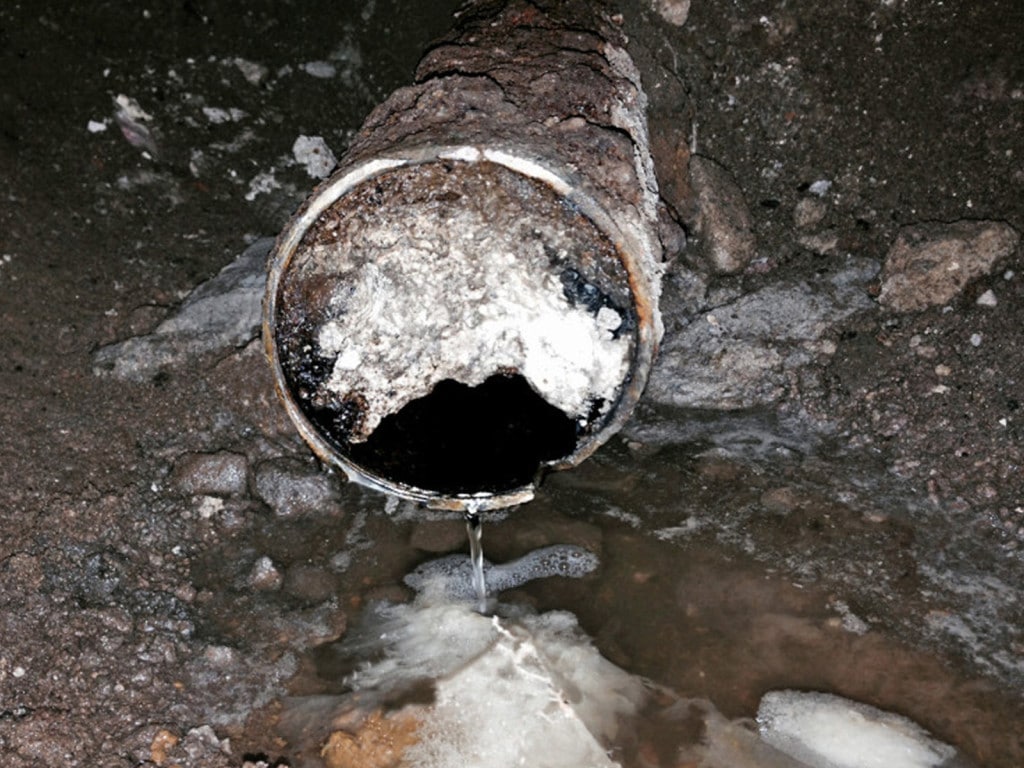
Grease, oil, and fatty substances can accumulate inside the sewer line and cause blockage. Even most household soaps fit into this category. Those substances are most likely introduced from the kitchen sink where you routinely toss away foods, etc. It is impossible to find out how much grease is in the line unless you do a sewer camera inspection or remove a section of the drain pipe.
• Prevention: Grease stoppages can be prevented by installing a grease receptor under sink. Fat, oil, and grease are lighter than water. The grease receptor is designed to allow water to escape to the sewer line, while FOG stays inside the receptor, and not in your drain line.
This is a good preventive method, but the best way is not to pour any fatty or oily substance into the sink. You can also keep the drain clean by occasionally pouring a mixture of baking soda and vinegar followed by extremely hot water.
Large pieces of food
Some foods are not oily, but the size also counts. Large pieces of food, such as a piece of meat, or a clump of potato peels, can easily block the sewer line. Although these objects do flow down into the kitchen sink itself, remember that they may not fit through the drain of the sink’s trap, no matter how much water is flowing. Even if the sewer line is a reasonably large diameter, there still may not be enough pressure to push an object such as a chunk of meat.
• Prevention: If you have to throw away meat or any large pieces of food, grind it up in small batches so they easily flow with slow water. A good idea is a grinder built into the sink – which is very common nowadays. Even better is to throw away meat into the garbage disposal, not into the sink. Onion peels, banana peels, corn husks, artichoke leaves, and any fibrous foods should not go into the sink. Sometimes good sewer line maintenance means just using good common sense.
Mud, leaves, and debris
Sewer lines take all the dirt and debris not only from the kitchen sink but also from the yard drain areas as well. Water from the yard enters the drain area carrying dust, leaves, and debris, creating a muddy sludge. Similar to anything else, the mud can accumulate causing blockages, and sometimes flooding the affected area.
• Prevention: One of the most effective ways to keep large debris from entering the yard drain area is to use grates, with a fine drain screen on top of the grate. Periodic cleaning of the drain catch basin also reduces the chance of mud accumulation in the sewer line. This should be a routine part of good sewer line maintenance.
Other physical objects
Sanitary sewer lines are designed to accept human waste, and other closely associated items. It can tolerate toilet paper of course, but only when disposed of properly. For example, do not throw a pile of toilet paper clumped together at one time, and never flush supposedly flushable wipes.
If you throw anything else such as female hygiene products, or accidentally flush a hard object, the sewer line will struggle to accept them, and get them through the entire drain system. Some baby wipes and diapers are marketed as flushable, but history have proven that to be not quite so.
• Prevention: Do not flush anything that a sewer line is not designed to accept. It includes paper towels, “flushable” wipes, coffee grinds, facial tissue, toys, cigarette butts, and diapers. If you think some of those items are in the sewer line, hydro-jetting will help to flush them down.
A collapsed sewer line
If you notice slow drainage, it can be a symptom of a collapsed sewer line because of settling of the ground, or the sub-base under the pipe itself. In some rare cases, the building itself may have settled. Slow drainage is an early symptom, which means the damage is mild or easily repairable. Sewer lines can collapse for a variety of other reasons as well.
• Prevention: There is no way to prevent the settling of the subsoil underneath your pipes, but you can prevent further damage. An effective way is to run a sewer camera to figure out the exact location of the problem before it worsens.
A sewer camera is not a piece of equipment for amateurs. You will need to call a professional plumber to do the job. Fixing a small problem may not be urgent, but it can save you from an expensive and more extensive repair down the road.
Beyond sewer line maintenance: A sewer backwater valve
After a storm, the city drain lines can get overburdened, and therefore there is always a possibility of sewer backwater. Because of this, the drain lines cannot properly run from home; in this case, backwater is not uncommon. The city drain lines are also filled with raw sewage and various debris.
Once the city sewer is back to normal, the drain lines from the home will also back to normal but the debris is left behind, along with a corresponding health issue. Every remaining physical object carried by the backwater into the house drain can also cause a blockage afterward.
• Prevention: We cannot blame Nature for giving us storms, but you can prevent backwater by installing a backwater valve in your home’s drainage system. When installed properly, all branches of the plumbing system are protected. Our parent company, Balkan Sewer And Water Main Service is an expert in installing sewer valves. In some cases, you will need to hydro-jet the sewer line after the storm to remove accumulated debris.

